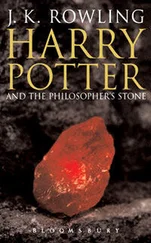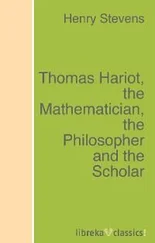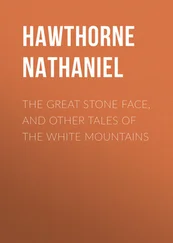“If you want to understand the modern world, if you want to know what we can discover in space and what happens out there, and if you want of get a feel of what holds the world together, I have to talk about the relationships between our microcosm and macrocosm. After that, we can discuss the quintessence and begin our journey through the world of high pressures. I think that you will be surprised by the exotic states of matter we will find there.”
“Then let us begin,” Marie said, anxious to learn some physics that was not going to be part of her introductory courses.
Professor Wood began slowly and carefully. “Most people are not aware of how much we already know today about the world around us. I’m sure that both of you know that humans and all living things are made up from a myriad of cells that are slightly larger than ten micrometers (10 μm = 10-5 meters). I ask you, what is smaller than that?”
“I know!” Helen exclaimed. “The viruses that cause many diseases are much smaller!”
“Indeed so! They are only about one-thousandth the size of bacteria. Typical diameters of the viruses are smaller than one micrometer. In other words, the dimensions of viruses are less than one millionth of a meter. In many respects, these viruses are not really cells, but are giant molecules. The more typical molecules that make up our cells are a thousand times smaller than that. I'm afraid that if I continue with these comparisons you will soon lose track of which things are the smallest!”
The professor again rummaged through his stack of drawings and figures. “This chart should help,” he said. “If you want to measure the length of very small things, you need scales of less than one millimeter with special nomenclature for even smaller lengths. I’m sure you know that we use scientific notation with negative exponents of ten to describe one thousandth, one millionth, and even smaller fractions of anything. You can see that notation here on the right side of the illustration ( Figure 15).
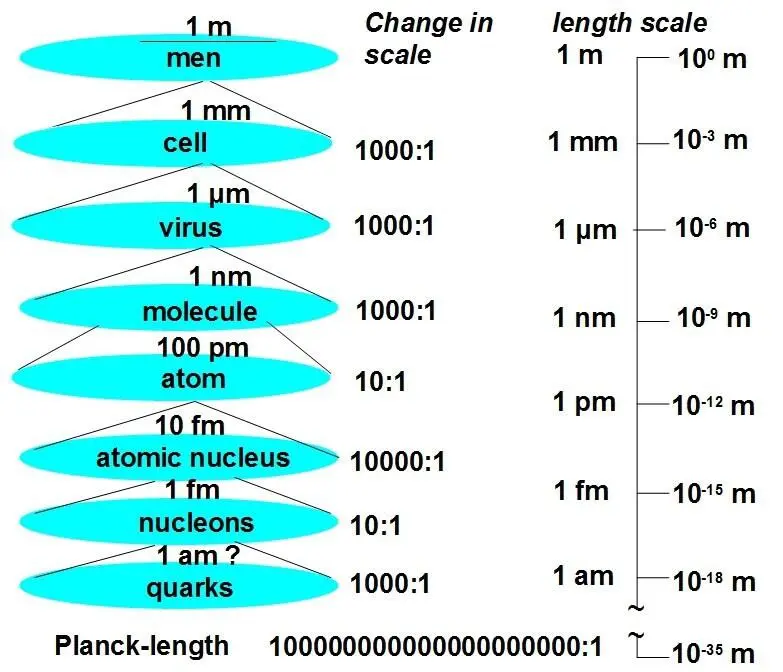
Figure 15: The microcosm with typical length scales
These exponents might remind you of the ‘exponentiation’ used by the alchemists. They are also often called orders of magnitude by the scientists of today.
Negative exponents refer to fractions with a one in the numerator and a power of ten in the denominator. For fractions of a meter we use the term millimeter (1 mm = 10 -3m) to describe one-thousandth of a meter. We also use micrometer (1 µm = 10 -6m) for one millionth of meter, and nanometer (1 nm = 10 -9m), for one billionth of a meter, one picometer (1 pm = 10 -12m) for one trillionth of a meter, one femtometer (1 fm = 10 -15m) for a thousandth of that and one attometer (1 am = 10 -18m) for another thousandth of that.”
Helen and Marie spent a few moments discussing the figure with the professor. They were familiar with some of the small units, but they had not heard of the others.
Professor Wood continued his commentary. “Using these units, for example, you can say that simple molecules are a few nanometers in size, and that typical atoms measure a few 100 picometers in diameter. The diameters of the nuclei of the atoms are found to be in the range of some 10 fm, or about 10 -14m. The electron is often considered to be smaller than a tenth of an attometer, or in the range of 10 -19m. However, this ‘classical’ estimate is almost meaningless from the present point of view,” the professor cautioned.
“Of course you are familiar with the famous Bohr modelfor the atoms that dates from the early days of atomic physics. That model often shows tiny electrons orbiting around the atomic nucleus like the planets around the sun. It shows lots of space between the electrons. It is still possible to find this picture in scientific literature, but it conflicts with the evidence that physicists have obtained through experimentation later in the 20 thcentury.
“In contrast to the macroscopic view suggested by the typical drawing of the Bohr atom – not to mention baseballs and soccer balls and so on – the more modern microscopic view of an electron looks more like a misty cloud. Physicists today talk about uncertainty in the extent and location of the electronic charge associated with a single electron. They find that they get better mathematical agreement with some of the experimental observations if they model the electron as a cloud with a density described by some kind of a standing wave than they do if they think of the electron as an actual particle.”
Helen interrupted. “What is a standing wave,” she wanted to know.
“I can take that one,” Marie offered. “A standing wave is a wave that appears not to be moving, or ‘propagating,’ as it says in my physics book. Perhaps the most common example is a vibrating guitar string. It has stationary points at the ends of the string and it moves the greatest distance from its non-vibrating position at the middle of the string.”
“I’m not sure that I understand what you are trying to tell me,” Helen said.
“It is not really important for our discussion here today,” Professor Wood interjected. “It is only important to realize that these tiny electrons, with all their wave-particle uncertainty, determine the size of the atoms. The building blocks of the atomic nuclei, the protons and the neutrons are typically described as having smaller diameters that measure about 1 fm, or 10 -15m. However, even these particles display an internal structure that we ascribe to even smaller particles called quarks. We estimate the diameter of a quark to be about 1 am, or 10 -18m. Finally, there is a distance that physicist call the Planck Length . That is a distance of about 10 -35meters. At that distance, due to the uncertainty in the so-called time-space continuum, it no longer makes any sense to talk about the length of something. That brings us to the bottom of this chart.”
Helen shook her head, “Unbelievable! I thought that this idea of quarks was just some kind of a fantasy,” she said.
Professor Wood pretended to be shocked by Helen’s remark. “Not at all,” he countered. “This is good physics! When the American physicist Murray Gell-Mannfirst postulated the existence of quarks in 1964, many people would have agreed with you. His idea that protons and neutrons consist of three quarks and many gluonsthat bind the quarks together like some kind of primordial glue was initially greeted with widespread skepticism within the scientific community. But Gell-Mann was also able to use his model to explain virtually all of the elementary particles that experimenters had discovered in the large “atom smashers” such as Brookhaven, Berkeley, and the Lawrence Berkely National Laboratories, as well as the Stanford Linear Accelerator, in the USA. 9 He received the Noble Prize just five years later in 1969. Today, the existence of quarks is taken for granted by high-energy physicists.”
Professor Wood went back to his stack of illustrations. He extracted one that suggested that atoms are composed of “massive particles” like the protons, neutrons and electrons with which the students were familiar ( Figure 16). It also showed that these particles interact through three kinds of force: the electromagnetic force; plus the “strong” and “weak” nuclear forces.
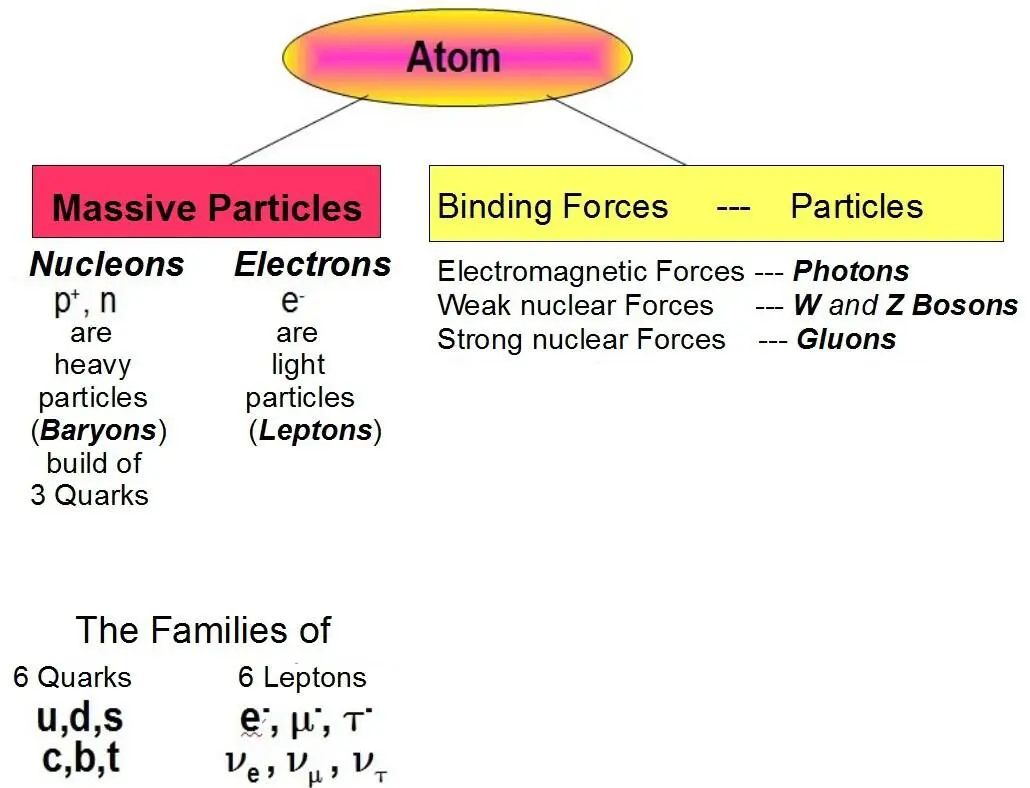
Figure 16. A simplified view of the elementary particles as constituents of the atom and the family of more exotic members of the microcosms. (Taken from http://www.e18.physik.tu-muenchen.de/skript.Elementarteilchen.fundament.htm)
Читать дальше



